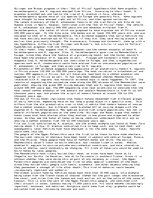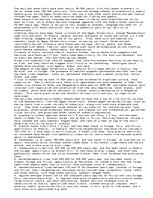Stringer and Brauer propose in their "Out of Africa" hypothesis that Homo ergaster, H. heidelbergensis, and H. sapiens emerged from Africa. According to their model, H. ergaster branched out and led to the rise of H. erectus in Asia; whereas H. heidelbergensis spread more of its species to Europe and possibly Asia. Homo sapiens were thought to have emerged right out of Africa, and then spread worldwide.
The recent discovery of the H. antecessor fossils at the Gran Dolina and Sima de los Huesos sites in Spain, however, conflicted with the "Out of Africa" model. The remains of H. antecessor are nearly 800,000 years old and somewhat different from H. heidelbergensis, the latter of which was proposed to have migrated out of Africa around 200,000 years ago. At the Sima site, the bones are at least 250,000 years old, and are assigned to that of H. heidelbergensis. This evidence suggests that early hominids may not have entirely evolved out of Africa, or if they did, they were moving around a lot earlier than previously thought. The discoverers, Arsuaga and Carbonell, came up with a new hypothesis, differing from Stringer and Brauer's, but similar in ways to Vallois' hypothetical proposal from the 1940s.
…



